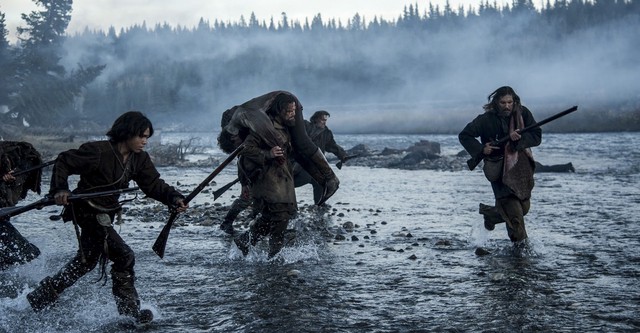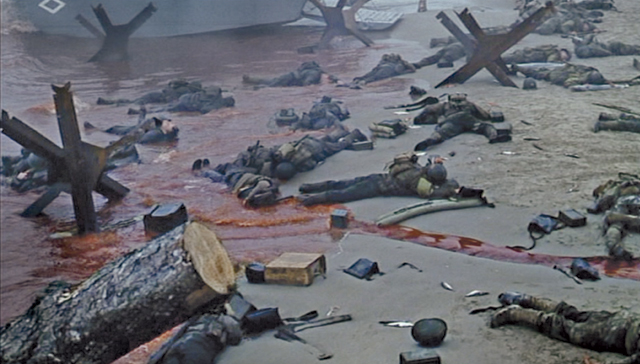

| - | - | - | - | - |
| Dungeons & Dragons | Advanced Dungeons & Dragons | - | Dragon magazine | The Dragon #30 |
So many things inspire ideas regarding D&D
and/or AD&D that
despite my previous misgivings about taking on a column which would
require not less than 8 articles per year, I find it difficult not
to write
three times that number.
In case some readers wonder why such an output isn’t desirable,
allow me a few paragraphs to explain the relationship between TSR
Periodicals and TSR Hobbies, as well as between the Publisher of The
Dragon (myself) and the Editor (Tim
Kask).
TSR Periodicals is a subsidiary of TSR Hobbies, and as such the
only ties it has with the parent firm are those of overall direction
from the
chief executive of TSR (who passes along the policy set forth by the
corporation’s board of directors) and financial responsibility. The
directives
must be followed, and Periodicals must handle its finances properly.
That is about all there is to it.
Similarly, the Publisher of The Dragon
has no direct input or concern
with the day-to-day operations of the magazine. Policy matters,
finances, and direction are the principal concerns of the Publisher.
The
Editor is responsible for form, content, circulation, and so forth.
The
reason I am Publisher is because I am also the chief executive of TSR
Hobbies at this time, so the titles are actually synonymous. Barring
a
change in the corporate structure of TSR, whoever is the next President
of the firm will also become the new Publisher of The Dragon.
The Publisher does not tell the Editor what the specific content of
a
magazine should be — although the general thrust or aim of the publication
is within the Publisher’s realm. When a new issue of the magazine
comes in from the printer, I am at least as unaware of its contents
as the
other employees of TSR Hobbies. I am not even certain which, if any,
articles written by me will appear in any given issue, in most cases.
Because the Publisher should not interfere with the role of the
Editor, I make an effort to avoid doing so. With rare exceptions, whatever
I submit to The Dragon is given to
Tim as material from a contributor.
As Editor, he can run a piece when and where he chooses, with
whatever alteration he sees fit — at least in theory.
The roles of Publisher and Editor cannot be entirely ignored, of
course. Therefore, my submissions tend to receive a bit more attention.
If I supply The Dragon with 3 or
4 articles during a month, it could
put undue unspoken pressure upon the Editor to use them all. Returning
to what was said at the beginning of this column, I make an effort
to
keep my output to a reasonable level in the number of articles and
their
length.
* * * * *
Now, on to important matters — your D&D or AD&D campaign!
It is always inspiring for me to read The Dragon, and
TD26
was
especially so. Leaving praise (or complaint) about an issue in general
to
the general readership, I’ll say that Kevin Hendryx is doing a fine
job of
authorship! His “Mugger” piece, while a very
funny satire, is also a
social commentary on our cities. It is worth reading for its humor.
“Mugger” has another use as well. The DM who has been running a
campaign for an extended period must read it for pure inspiration.
The
DMG has a special section devoted
to keeping the campaign fresh by
using such games as Gamma World
and Boot Hill as special scenarios
to
maintain challenge in the game.
Special settings for the campaign can
be in the Ancient period, with its sheer masses of men
and unfamiliar
beasts (such as camels and
elephants)
plus some possible differences in
the working of magic (if it works at all);
the early gunpowder era;

Napoleonic times;

WWI,

WWII;

or the imagined future.
“Mugger” points out that there is also a battleground out on the dark
metropolitan streets. If the criminals are combined with the police,
the
challenge to the safety of a group of hapless adventurers thrown into
such a setting would be interesting indeed — especially when the danger
of speeding traffic, high-voltage wires, machinery, and the rest of
modem
technology we take for granted is considered.
With these thoughts in mind, I have prepared a special scenario
which will put the adventurers through a short “routine” adventure
in a
“World of Greyhawk” city. This will lead
them to a cellar and a tunnel
which in turn brings them to a sewer and up to a subway tunnel. The
power which brings the party to this place will probably cause a blackout
in the city, so for a time the players will be uncertain where they
are. If it
all works as well as I think it will, the report of the
game will be submitted
for publication in a future issue.
In the city setting, magic will work, although cleric spells above 3rd
level will not. Of course, firearms also work. The perils of the place
—
police, street gangs, muggers, criminals of other sorts, citizens with
karate training or able to box, those
with guard dogs, etc. — will be
numerous and different. Weapons aren’t
difficult to rate according to
damage.
Electricity will be interesting — low-tension AC giving but 1d6
damage (4d6 if the party is well grounded), low-tension DC doing 1d6
each segment until the victim is freed, and high-tension DC doing 1d20
in the same manner.
Cars will inflict 1d4 damage for each
10 mph of
SPEED. Small trucks will get a d6, large ones
a d8, and trains a d10 for
each 10 mph.
Each special character (guard, policeman, street tough, mugger,
etc.) will be given a level roughly corresponding to those of AD&D
characters, although the type of dice
used will be non-standard. If the
adventurers survive and manage to return to their own place in the
multiverse, they will have little in the way of treasure — at least
in all
probability.
Gunpowder and explosives will not function on
the World of Greyhawk.
Lighters and flashlights must be garnered. Perhaps things such as
aluminum arrows, metal bottles (canteens) and plastic containers might
prove useful. There will be a jewelry
store or two, and an art galley,
but trying to loot them will certainly bring police and possibly a SWAT team.
What should prove the real FUN of this whole scenario is discovering
the perils of the modem world as DM and seeing
how the players handle
them in their roles as fantasy world adventurers. If you have DMed
or
played settings of this type, by all means tell me about the experience,
so
I can pass it along to the other readers!
* * * * *
As a caution, I must point out that the Schick-Moldvay series
“Giants In The Earth” tends to rate the figures
too high, making them
more like gods than “Heroes.” Cugel
is okay (although his Wisdom
rating is too high for my taste), but Kane
is too powerful! A 30th-level
Fighter/20-level Magic
User/Guildmaster Assassin? Come
on, fellows!
Would you believe a 20th-level Fighter/Mage/Chief
Assassin? Still a bit high, but it is at least a bit more reasonable
for
use in a game. As he stands, Kane could pretty well blow away nearly
anyone or anything in a normal campaign.
More on this subject as new
figures appear.
* * * * *
Many of you are aware that we are readying a number of new
modules — some of which might be on sale when this sees print — including
a couple that I have done, Lawrence Schick’s White Plume Mountain,
a number from Len Lakofka, (finally) The
Queen of the Demonweb
Pits, the Origins ’79 tournament
dungeon (as well as the one used
at Origins II, Expedition to the Barrier Peaks), and
some others too.
What you might not be aware of is that we are also doing work on
modules for such games as Boot Hill and Gamma World.
As I’ve mentioned before, when I get an opportunity, I always play
in Jim Ward’s excellent Metamorphosis Alpha campaign, where
Ernie
Gygax, Skip Williams, Tom Wham,
and I — just to mention a few of the
regulars — have managed to establish a power group called “The
Vigilists.”
The core characters began with some good mutations and proceeded
to acquire a fair selection of tech items, a command ring, and then
some D&D characters, as
described in a past article.
Well, Jim was in the area recently, and we gathered to play one
evening. The sneak slipped in the GW module he is working on,
so
unbeknownst to us, we play-tested a portion of it for him. The play
was
different from MA, but a lot of fun and highly hazardous too.
We lost a
green bracelet, a laser pistol and several energy cells, 5 sets of
duralloy
swords and shields, and 1 member of the party. Luckily, we chanced
to find the right place and do the right thing, so we ended up with
a small
army of 100 “cargobots,” small robots with treads for
locomotion,
tentacles for manipulation and attack, and a reasonable
AC
and
HP total.
With that sort of backing, perhaps we’ll no longer be fearful of risking
the D&D characters and
go for an all-out attempt to clear a whole level
for the Vigilist cause. MA and/or GW are fun, alone or with a
D&D/AD&D
Campaign!